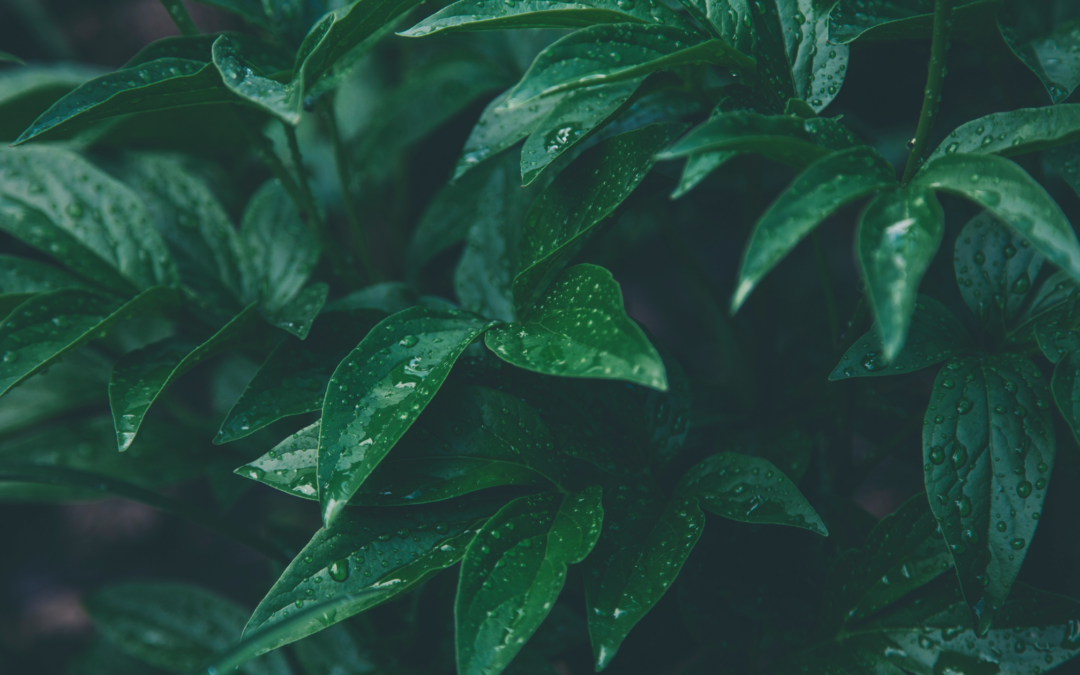Hiking is a great way to get outdoors, get some exercise and explore a new area. Unfortunately, running into the wrong kind of plant while hiking can quickly sour the experience. Learn how to avoid these common plants to best enjoy time out on the trail.
Stinging Nettle
Stinging nettle can look harmless but can cause serious pain to those who brush against it. Stinging nettle are found throughout the United States but are typically found in moist areas in open forests, along streams, in woodland clearings and in ditches. The green leaves of the plant are covered with tiny hairs. Brushing up against these leaves can cause these hairs to embed in the skin, acting as a hypodermic needle would. The plants typically grow in dense clusters and have leaves with coarse edges.
Poison Oak
Located in the western part of North America, poison oak has leaves that look much like other oak varieties. Poison oak differentiates in that it grows leaves in groups of three. The colors can range from bright green to red. The leaves and branches of the tree contain a waxy oil that can cause an itchy rash. Wearing long-sleeved pants and shirts while hiking in areas that are known to have poison oak can help hikers avoid accidentally touching the plant.
Manchineel
Many hikers enjoy foraging, gathering food to eat along the trail as they hike. Unfortunately, without proper training, this can be a dangerous activity. This is apparent especially in manchineel trees. The manchineel tree grows fruit that looks much like small apples. The trees grow in the warm, humid climates of Florida and the Caribbean. The tree is so toxic that simply brushing against it can leave painful blisters on the skin. Eating the leaves or fruit of the manchineel tree can be deadly as they are poisonous.
Cactus
Cactus is known for its spiky needles that can pierce the skin. Found throughout deserts in the world and in the southwestern parts of the United States, cacti can grow with very little water. Some varieties, such as the jumping cholla, can detach easily from the rest of the cactus plant, embedding themselves quickly in the skin or a pet’s fur.
Even after learning how to avoid problematic plants, it’s important to still be prepared. Always hike with a first aid kit that includes antihistamines, bandages, calamine lotion, tweezers and cleaning materials just in case of an accident.
